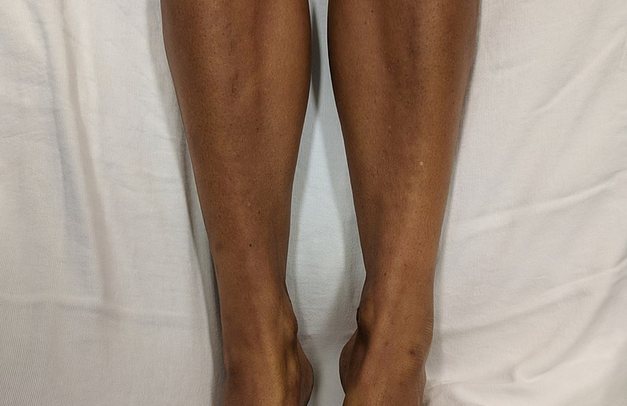Etymology and History
The term “Addison’s Disease” is named after Thomas Addison, a British physician who first described the condition in 1855. In his landmark paper, “On The Constitutional and Local Effects of Disease of the Supra-Renal Capsules,” Addison outlined the clinical features of the disease, although the underlying mechanisms remained unknown for many years. Advances in endocrinology during the 20th century clarified the hormonal basis of the disease, enabling the development of diagnostic tests and hormone replacement therapies.
Definition and Classification
Addison’s disease is a chronic endocrine disorder characterized by the insufficient production of adrenal hormones, primarily cortisol and, to a lesser extent, aldosterone. The disease is categorized under primary adrenal insufficiency, wherein the pathology originates in the adrenal glands themselves. This is in contrast to secondary and tertiary adrenal insufficiencies, which arise from problems in the pituitary gland and hypothalamus, respectively.
| Addison’s disease can be autoimmune in nature, although it is not exclusively an autoimmune disorder. In many cases, Addison’s disease is the result of autoimmune destruction of the adrenal cortex, the outer layer of the adrenal glands. This autoimmune form is the most common cause of Addison’s disease in industrialized nations. In this scenario, the body’s immune system mistakenly targets the adrenal glands, leading to decreased production of vital hormones like cortisol and aldosterone. However, it is crucial to note that Addison’s disease can also be caused by other factors such as infections (e.g., tuberculosis), adrenal hemorrhage, or certain medications, which are not autoimmune in nature (Betterle et al., 2002, “Autoimmune adrenal insufficiency and autoimmune polyendocrine syndromes: Autoantibodies, autoantigens, and their applicability in diagnosis and disease prediction,” Endocrine Reviews). |
Etiology and Pathophysiology
The most common cause of Addison’s disease is autoimmune destruction of the adrenal cortex. Other causes include tuberculosis, fungal infections, and adrenal hemorrhage. The lack of adequate levels of cortisol and aldosterone leads to disturbances in fluid balance, metabolism, and the stress response.
Symptoms
- Chronic fatigue and muscle weakness
- Hyperpigmentation of the skin
- Weight loss and appetite reduction
- Low blood pressure (hypotension)
- Salt craving due to sodium loss
- Nausea, vomiting, and abdominal pain
Diagnosis
Diagnosis often involves a battery of tests:
- Blood tests to evaluate levels of sodium, potassium, cortisol, and adrenocorticotropic hormone (ACTH)
- ACTH stimulation test to assess adrenal gland function
- Imaging studies such as CT scans or MRIs for structural abnormalities
Treatment and Management
Management of Addison’s disease primarily involves hormone replacement therapy:
- Hydrocortisone or prednisone to replace cortisol
- Fludrocortisone for aldosterone replacement
In acute adrenal crises, immediate administration of intravenous hydrocortisone, fluids, and electrolytes is critical.
Epidemiology
Addison’s disease is relatively rare, affecting approximately 1 in 100,000 people. It can occur at any age, although the incidence is highest between the ages of 30 and 50. The disease has no gender predilection but is more commonly diagnosed in individuals with other autoimmune diseases.
Recent Advances and Future Directions
Technological advances, like the development of the Crono P pump, show promise in improving quality of life for those with Addison’s disease. Moreover, advancements in genetic research might offer new avenues for early diagnosis and targeted treatment options.
References
- Addison, T. (1855). “On The Constitutional and Local Effects of Disease of the Supra-Renal Capsules.” London Medical Gazette.
- Betterle, C., Dal Pra, C., Mantero, F., & Zanchetta, R. (2002). “Autoimmune adrenal insufficiency and autoimmune polyendocrine syndromes: Autoantibodies, autoantigens, and their applicability in diagnosis and disease prediction.” Endocrine Reviews, 23(3), 327-364.
- Image Credit: James Heilman, MD – Own work Caucasian woman with dark colored skin from Addison’s Disease. https://creativecommons.org/licenses/by-sa/4.0/
Note: Always consult healthcare professionals for accurate diagnosis and treatment of Addison’s disease. The information presented here is intended for educational purposes.

